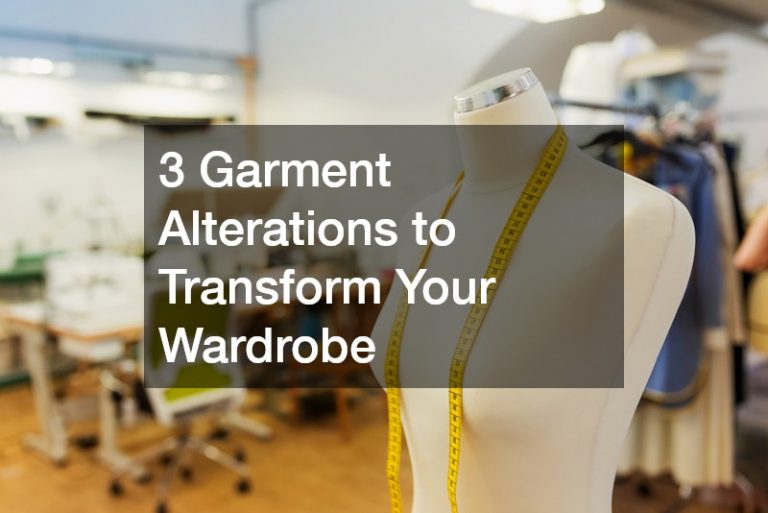What do Cinderella, Pretty Woman, and The Devil Wears Prada have in common? Yes, they’re all movies. They’re also all about women. But they have one thing that truly binds them together. And that is the makeover trope. Although this trope is quite familiar with teen movies of the 1990s and the 2000s, this trope has been around for many years.
As mentioned before, Cinderella is part of this trope. Some might even argue that this fairy tale popularized it. In the years after that, the makeover trope became even more popular. Audrey Hepburn became the center of the makeover trope during her time with movies such as My Fair Lady (which will be discussed in greater detail later) and Sabrina.
The makeover trope is among the most memorable tropes among audiences across generations. But the audience isn’t always happy with it. These are the good and the bad sides of the makeover trope.
Good: Enhancing Beauty that Exists Already
The thing about makeovers is that people have varying perceptions of them. Some people might say that it’s shallow to believe that makeup and hairbrushes would make people beautiful and appealing. On the other hand, some people might argue that makeovers aren’t about just about turning an ugly duckling into a swan. Actually, makeovers are rooted in the goal to enhance the beauty that exists already.
If you believe in the latter, you would have a different perspective on some popular makeover movies. For example, in She’s All That, Laney (played by Rachael Lee Cook) wore glasses and paint-splattered overalls and let her hair run wild. Just because she looked like this, there’s no way people wouldn’t have recognized her as the girl who wore a pretty red dress and captured people’s attention at prom. Instead of seeing this as transforming Laney, you can look at it as enhancing her beauty.
The same could be applied to us in real life. We can believe that we’re already beautiful in our own right. But booking an appointment with a reputable hairdresser and a makeup artist will bring out our beauty.
Bad: Men Deciding What Looks Good on a Woman
Among the many makeover movies through the years, we could easily say that most of them are about female characters. They are usually the ones who have to go through the makeover to achieve something. Sometimes, the goal is to capture the attention of their love interest. Sometimes, it’s about getting the job or fulfilling their duty as royalty. But there’s one thing that’s also quite popular in makeover movies. And that is male characters leading the makeover of the female characters.
This is what happens in The DUFF. In this movie, Bianca (played by Mae Whitman), a high school student, decided that she needs to transform her wardrobe and physical appearance. The goal is to capture a boy’s attention she likes and change people’s perception of her. So she enlisted her classmate, Wesley (played by Robbie Amell).
Thus, we started to see Wesley telling Bianca what to wear and how to act. He even went as far as telling Bianca what kind of bra to wear. Although Wesley meant well, he’s still a man. His telling his female friend how to look good says a lot about the unjust gender dynamics that persist in movies.

Good: Makeovers are More Than Just Looks
What most people forget about the makeover movie trope is that it’s more than just transforming how people look. The truth is that many makeover movies also tackle how the characters’ lives changed. My Fair Lady does this very well. Eliza Doolittle (played by Audrey Hepburn) underwent speech training with Professor Henry Higgins (played by Rex Harrison).
The experience was challenging for Eliza, especially because Higgins was a tough teacher. But she pushed through. After the training, her speech improved significantly. So, not only did she go through a physical transformation with a much fancier wardrobe, but she also became more educated and confident in her own right.
Another makeover movie that led to inner character transformation is Clueless. Yes, the movie started with Cher (played by Alicia Silverstone) giving Tai (played by Brittany Murphy) a physical makeover. But later on in the movie, we realize that it’s Cher’s beliefs and attitude that had the ultimate makeover, helping her become a more thoughtful and empathetic person.
Many people would argue that the makeover trope doesn’t have a place in a more inclusive and feminist society. In many ways, this is true. But, in the end, it all depends on how you look at it. You can view it as a trope that promotes shallow tendencies. But you can also look at it as a way to, essentially, become a better person inside and out.






